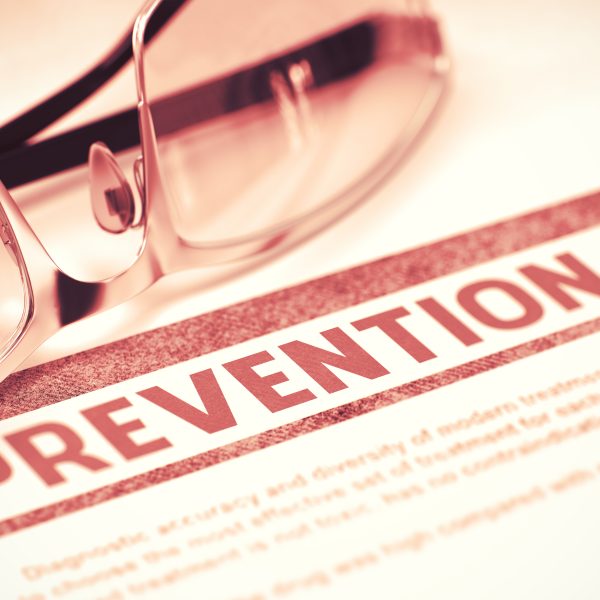Highest National Percentage of Falls in Wisconsin Nursing Homes and Assisted Living Centers Reported
Failure to assess residents for their fall risk potential and to develop and implement comprehensive fall prevention care plans may result in substandard quality of care with the submission of false claims.
Compliance Perspective – Fall Prevention
Policies/Procedures: The Compliance and Ethics Officer with the Administrator and Director of Nursing will review policies and procedures addressing fall risk assessments and inclusion of interventions for fall prevention in residents’ care plans.
Training: The Compliance and Ethics Officer with the Director of Nursing will ensure that staff are trained to respond in a timely manner to concerns about residents’ fall potential and the methods to use to prevent falls and to intervene should falls occur.
Audit: The Compliance and Ethics Officer should personally conduct an audit to determine if fall risk assessments are being completed at the time of admission, as well as implementing appropriate fall care plan prevention and intervention measures. The tracking of falls and regular updating of fall care plans for all residents at risk for falls should also be reviewed.
FALL PREVENTION – RESIDENTS, STAFF, VISITORS

The State of Wisconsin has the highest rate (at least 27 percent) of deadly falls occurring for elderly residents age 65 and older in nursing homes and assisted living centers, according to reported data from 2015 to 2017. A report from the Centers for Medicare & Medicaid Services (CMS) listed the percentage of falls in Wisconsin nursing homes and assisted living centers as 19.6 percent, compared to the national rate of 17 percent. The report also indicated a higher rate of injuries from falls in Wisconsin facilities compared to national numbers — 1,600 residents in Wisconsin nursing homes fell and sustained injuries for a reported percentage of 7.2 compared to the 6 percent national falls rate with injury.
In 2015 more than half of Wisconsin’s assisted living facilities were reported as not having fall prevention programs in place, and 1 in 9 did not even track falls.
Wisconsin’s nursing homes also received 130 citations related to falls, including seven serious citations. Some facilities received citations and fines for not having adequate fall prevention plans in place.
Despite the occurrence of falls, families expressed their belief that the facilities were providing a high-quality level of care and reported that their family members were happy. One family, whose loved one died after sustaining two falls in one day, commented that their family member had been instructed multiple times to ask for assistance to go to the bathroom. However, the resident was independent-minded and did not like to ask for help. That scenario was echoed by other family members regarding additional fall incidents.
A vice president at Leading Edge Wisconsin, Janice Mashak, issued this statement, “If the resident doesn’t want to use a walker, nobody can make him or her use it. We can educate them, but it’s their right if they choose not to use it.”












































































